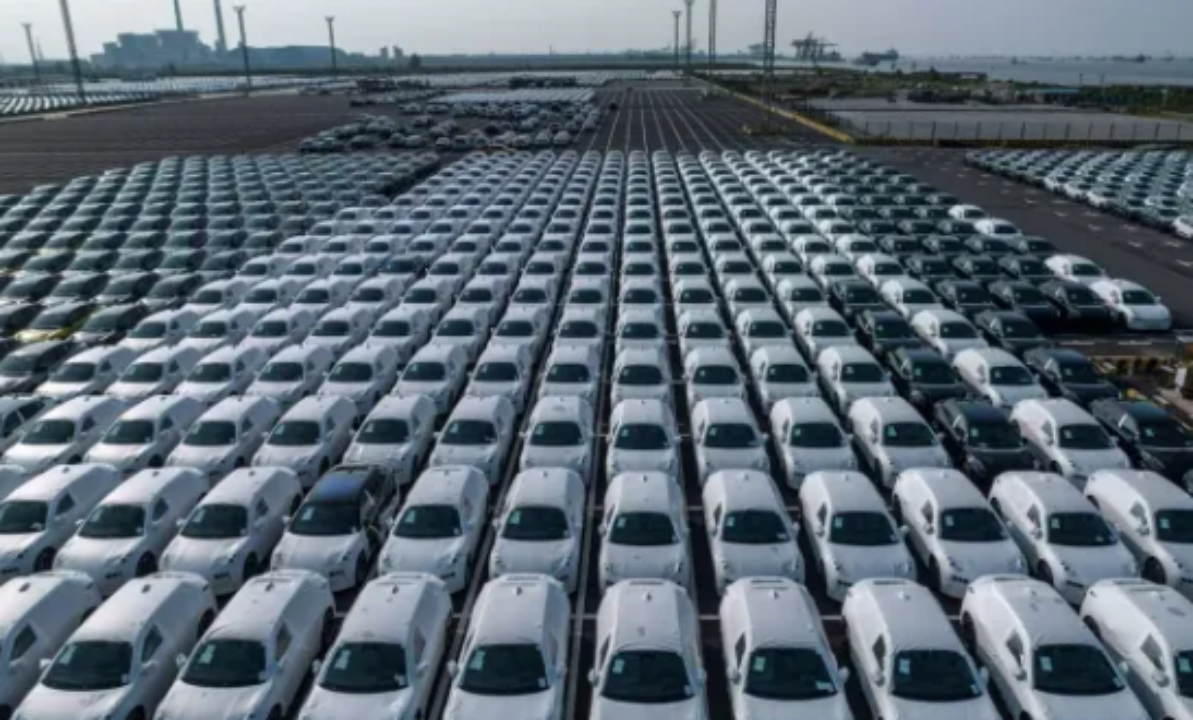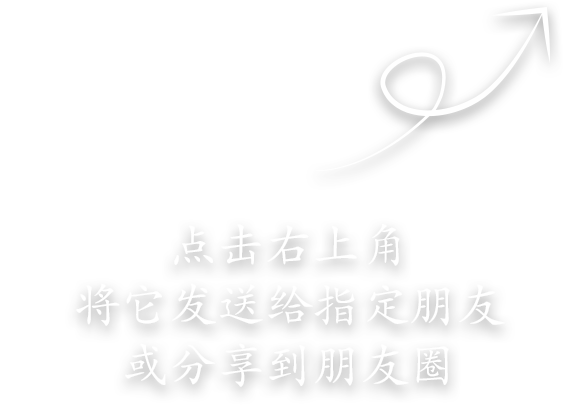 807
807
Recently, on April 11, 2024, a large number of imported electric vehicles have piled up in European ports, leading to a chaotic situation in European ports. Behind this, market factors and logistics difficulties work together, highlighting the challenges and response strategies faced by relevant enterprises in market changes.
Firstly, market factors are an important factor leading to the accumulation of electric vehicles. The slowdown in sales in the European electric vehicle market has become the main factor causing a large backlog of imported vehicles in ports. Although the demand for electric vehicles continues to grow globally, the sales situation in the European market is not satisfactory. This may involve multiple factors such as intensified market competition, changes in consumer demand, and policy adjustments. Meanwhile, some Chinese car manufacturers have not achieved the expected sales speed in the European market, further exacerbating the situation of oversupply at ports.

Secondly, logistics difficulties have also exacerbated the problem of electric vehicle accumulation. For example, the shortage of truck drivers makes it difficult to quickly transfer arriving goods. In addition, some car companies have booked ship transportation but have not booked subsequent transportation services, which has also led to the detention of goods at the port. In addition, the shortage of local drivers and equipment to transfer imported vehicles to trucks makes it difficult for car manufacturers to book sufficient truck transportation services. More importantly, European ports and their supporting infrastructure such as railways, roads, and truck transportation are severely lagging behind, resulting in insufficient transport capacity and becoming a key reason for the phenomenon of "accumulation". Experts point out that before the epidemic, sea transportation vehicles usually used roll on/roll off ships, and the vehicles could be directly disembarked for easy transportation. However, during the epidemic, many roll on/roll off ships have been discontinued, and currently, many car companies are using container ships with lower transportation costs for transportation, which has brought new problems. Containers need to rely on port lifting facilities for unloading, while European port facilities are aging and workers often go on strike, resulting in low transfer efficiency. These issues highlight the imperfections of the logistics chain and the shortcomings of enterprises in supply chain management.
Faced with this challenge, the professional import and export agency Huafukang Supply Chain reminds relevant enterprises to closely monitor market dynamics and consumer demand, and adjust sales strategies and product positioning in a timely manner. At the same time, strengthen cooperation with logistics companies, optimize transportation plans, and ensure that vehicles can be transported out of the port in a timely manner. In addition, enterprises should strengthen supply chain management to ensure the stability and reliability of the supply chain, in order to cope with the challenges brought about by market changes.



